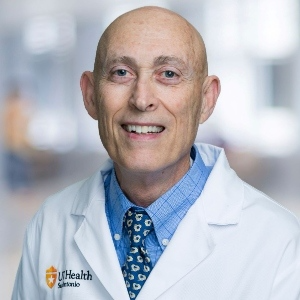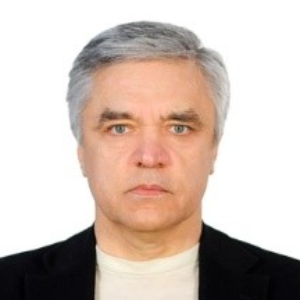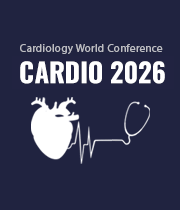HYBRID EVENT: You can participate in person at Tokyo, Japan from your home or work.
Sudden Cardiac Arrest
Sudden Cardiac Arrest
When the heart abruptly stops beating, sudden cardiac arrest becomes a critical medical emergency, often resulting in death if not treated within minutes. This condition frequently stems from electrical disturbances in the heart, leading to arrhythmias that disrupt its pumping function. Sudden cardiac arrest can strike individuals with or without prior heart conditions, making its unpredictability particularly alarming. Immediate action, such as cardiopulmonary resuscitation (CPR) and defibrillation, is crucial to save lives. Advances in wearable technologies and implantable devices are now helping to monitor and prevent sudden cardiac arrest in high-risk individuals, offering hope for better outcomes and improved public health strategies.
Committee Members

Narendra Kumar
HeartbeatsZ Academy, United Kingdom
Yong Xiao Wang
Albany Medical Center, United States
Robert J Chilton
University of Texas Health Science Center San Antonio, United States Cardio 2026 Speakers

Sergey Suchkov
N. D. Zelinskii Institute for Organic Chemistry of the Russian Academy of Sciences, Russian Federation
Narendra Kumar
HeartbeatsZ Academy, United Kingdom
Yong Xiao Wang
Albany Medical Center, United States




Title : Investigating the long-term follow up of atrial septal device closures in wales and england: A comparative analysis with major adverse cardiovascular Events (MACE)
Meera Gopinath, Cardiff University Medical school, United Kingdom
Title : An adult case of polysplenia syndrome associated with sinus node dysfunction
Apoorva Tripathi, Oxford University Hospitals, United Kingdom
Title : A unique cell-driven phenomenon in the heart and the promising future of the innovative translational tools to manage cardiac self-renewal and regeneration
Sergey Suchkov, N. D. Zelinskii Institute for Organic Chemistry of the Russian Academy of Sciences, Russian Federation
Title : Personalized and precision medicine (PPM) as a unique healthcare model through biodesign-driven translational applications and cardiology-related healthcare marketing to secure the human healthcare and biosafety
Sergey Suchkov, N. D. Zelinskii Institute for Organic Chemistry of the Russian Academy of Sciences, Russian Federation
Title : Yasser’s criterion of inferior ST-segment discrepancy deviations in AF with aberrancy and Sgarbosa criteria - a new cardiovascular discovery and management - a case report
Yasser Mohammed Hassanain Elsayed, Egyptian Ministry of Health, Egypt
Title : Successful treatment of sinus of valsalva aneurysm
Aina Jarillo, Universidad Anahuac Mexico Norte, Mexico